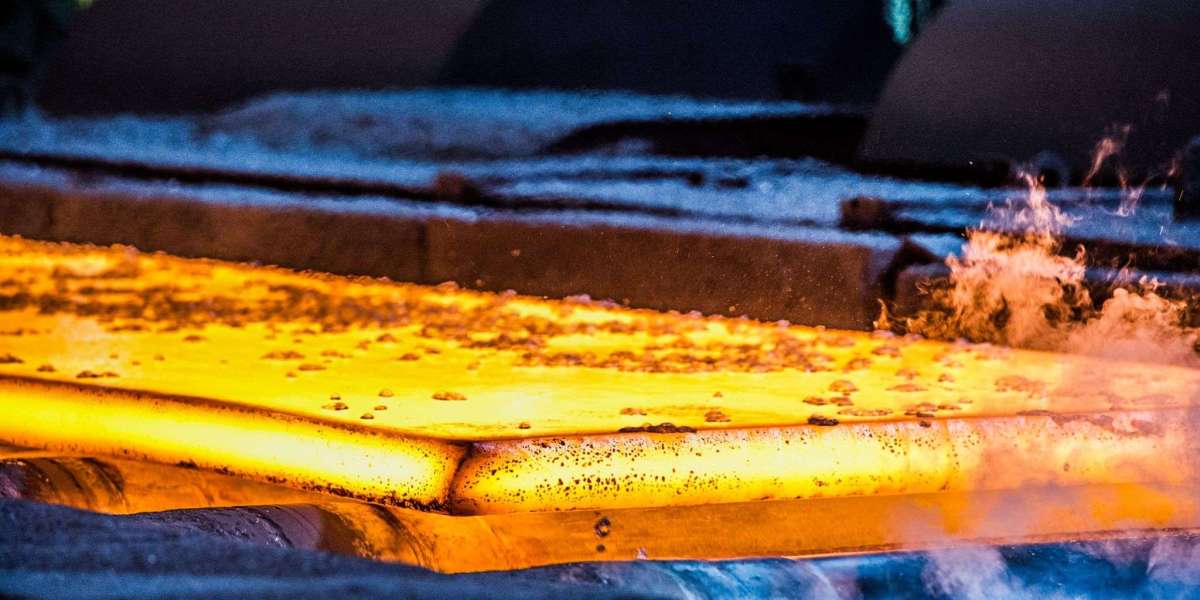Heat treatment is a critical process in manufacturing that significantly enhances the properties of metals and alloys, ensuring their optimal performance in various applications. This process involves controlled heating and cooling of materials to alter their physical and mechanical properties without changing their shape. The importance of heat treatment lies in its ability to improve hardness, strength, toughness, ductility, and wear resistance, making it an indispensable step in the production of high-quality components.
One of the key benefits of heat treatment is its ability to extend the lifespan of metal parts. By increasing hardness through processes such as quenching or surface hardening, components become more resistant to wear and tear, which is essential in industries where parts are subjected to high levels of stress and friction. Additionally, heat treatment can relieve internal stresses within the metal, reducing the likelihood of distortion or cracking during subsequent use.
In Europe, KARBAZ stands out as a leading company offering a comprehensive range of heat treatment services. With advanced technology and expertise, KARBAZ provides a variety of processes that cater to the specific needs of different industries. Among their services are:
Quenching - This process involves heating the metal to a high temperature and then rapidly cooling it to lock in a harder structure. Quenching is often followed by tempering to achieve a balance between hardness and ductility.
Induction Hardening (SWC Hardening) - This technique uses electromagnetic induction to heat the surface of the metal before quenching it. Induction hardening is ideal for parts that require a hard surface while maintaining a softer, tougher core.
Annealing (Normalization) - Annealing involves heating the metal to a specific temperature and then cooling it slowly. This process is used to soften the material, improve its machinability, and enhance its ductility, making it easier to work with.
Austenitization - During this process, the metal is heated to a temperature where it transforms into austenite, a phase that allows for better control of the final microstructure after quenching.
Tempering and Aging - Tempering is applied after quenching to reduce brittleness and achieve the desired toughness. Aging, on the other hand, is a process that increases the strength of certain alloys by precipitating secondary phases.
KARBAZ also excels in the field of chemical-thermal treatment, offering procedures such as:
Carburizing - This process adds carbon to the surface of low-carbon steels to increase their hardness and wear resistance.
Nitriding - By introducing nitrogen into the surface of the metal, nitriding creates a hard, wear-resistant layer that enhances the part's durability.
Nitrocarburizing - A combination of carburizing and nitriding, this process provides a surface with high hardness and fatigue strength, ideal for components that require both wear resistance and toughness.
In addition to these standard treatments, KARBAZ offers specialized heat and chemical-thermal processes, including:
Isothermal Quenching - This technique involves quenching the metal at a specific temperature and holding it until the transformation to a desired microstructure occurs, resulting in components with excellent toughness and ductility.
Carbonitriding - Similar to carburizing but with the addition of nitrogen, carbonitriding is used to improve the wear resistance and hardness of low-carbon steels.
Salt Bath Nitriding - This process involves immersing the metal in a molten salt bath containing nitrogen and carbon, which results in a hard, wear-resistant surface layer.
Boronizing - By diffusing boron into the surface of the metal, boronizing creates a hard, wear-resistant layer that can withstand high temperatures and corrosion.
Sulfonitriding - This process introduces both sulfur and nitrogen into the surface of the metal, improving its wear resistance and reducing friction in moving parts.
Beyond heat and chemical-thermal treatments, KARBAZ also provides various surface coatings to enhance the corrosion resistance and aesthetic appeal of metal components. These include:
Oxidation (Blackening, Bluing) - A controlled oxidation process that creates a thin, protective oxide layer on the surface of the metal, improving its corrosion resistance and providing a black or blue finish.
Phosphating - This process involves the application of a phosphate coating to the metal, which enhances corrosion resistance and provides a good base for further painting or coating.
In conclusion, the importance of heat treatment in manufacturing cannot be overstated. It is a process that not only improves the performance and durability of metal parts but also ensures that they meet the stringent requirements of various industries. With companies like KARBAZ leading the way in Europe, manufacturers have access to a wide range of advanced heat treatment and chemical-thermal processes that can be tailored to their specific needs. Whether it's improving hardness, enhancing wear resistance, or providing specialized surface treatments, KARBAZ offers the expertise and technology to deliver exceptional results.



